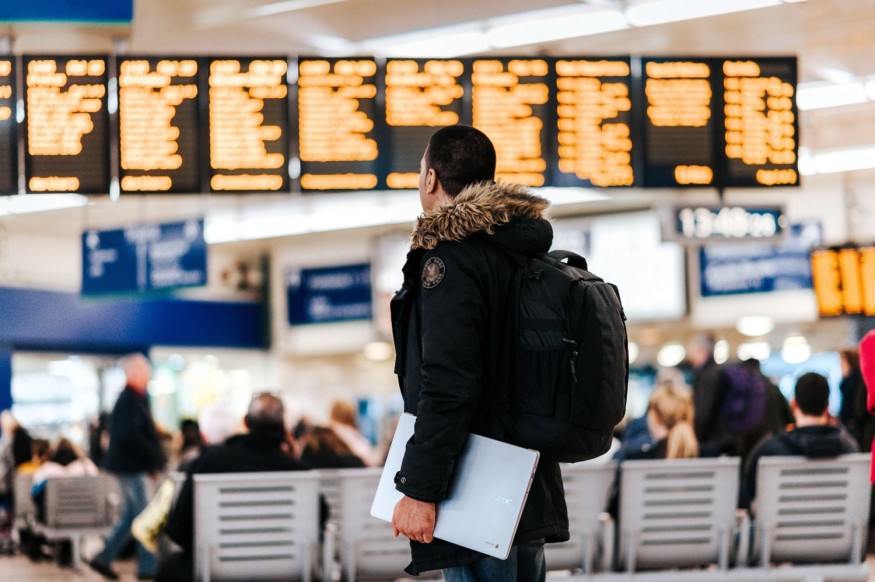Airports have become synonymous with stress for anyone who has traveled by air in the past decade. The rush to reach the gate, combined with the delays caused by security screenings, creates a frustrating experience.
Adding to the annoyance, passengers are often required to remove their laptops from their bags. The connection between laptops and security measures in airports may leave many questioning its significance.

9/11: The Day That Changed Air Travel Overnight
The terrorist attacks on September 11, 2001, brought about significant changes in airport security measures, Science Alert reported. Prior to 9/11, passengers were allowed to carry various items, including knives, on board without much scrutiny. However, the attackers exploited this loophole by bringing weapons on board, leading to a paradigm shift in security protocols.
In the aftermath of 9/11, airports worldwide swiftly implemented stricter screening procedures. In the United States, the security workforce transitioned from private contractors to federalized personnel who underwent extensive training. Stringent measures were put in place to confiscate any objects that could be perceived as potential weapons.
These changes introduced a series of inconveniences for travelers. Passengers were required to remove their shoes, belts, and outerwear, as well as take out electronic devices, liquids, and other items that could potentially be utilized for creating improvised explosive devices.
While these measures were initially implemented universally, advancements in screening technology have allowed certain countries to modify their protocols, eliminating the need to remove shoes during security checks.
However, the requirement to remove laptops from bags still remains. The specific rationale behind this continued procedure is not explicitly outlined, leaving passengers wondering about the necessity of this particular security measure.
Laptops May Contain a Bomb or Weapon
Airport security requires passengers to remove laptops and electronic devices from their bags during screening due to the density of their batteries and mechanical components. X-ray machines, commonly used for screening, cannot effectively penetrate through these dense materials.
If devices are left in bags, security officials are unable to determine potential risks accurately, such as bombs or weapons, leading to physical searches and delays. Additionally, laptops inside bags may obstruct the view of other items, including potential threats. Removing laptops allows for a clear and unobstructed scan, aiding in the detection of hidden explosives or weapons.
While there were previous debates and variations in laptop screening rules, since the 9/11 terrorist attacks, Slate reported that airports in the US have consistently enforced the requirement to remove laptops from carry-on bags.
Initially, this practice resulted in an increase in lost property reports as passengers inadvertently left their computers behind at security checkpoints. However, the separation of laptops from bags remains a standard procedure to ensure thorough inspections and enhanced security measures.
RELATED ARTICLE:
New X-Ray Scanner Instantly Detects an Object's Molecular Composition
Check out more news and information on Tech and Innovation in Science Times.












